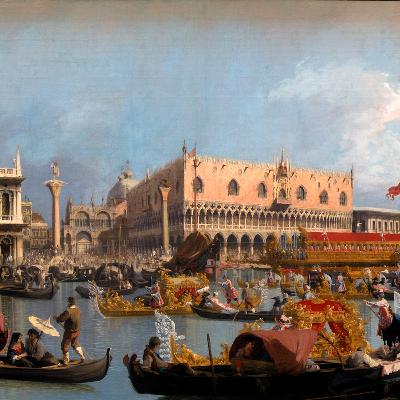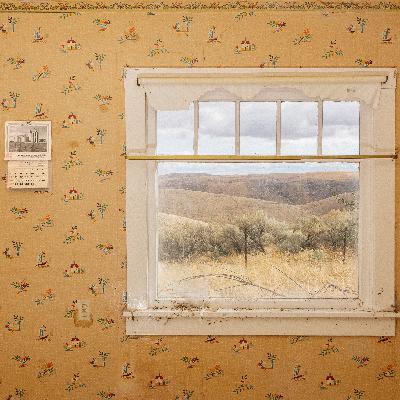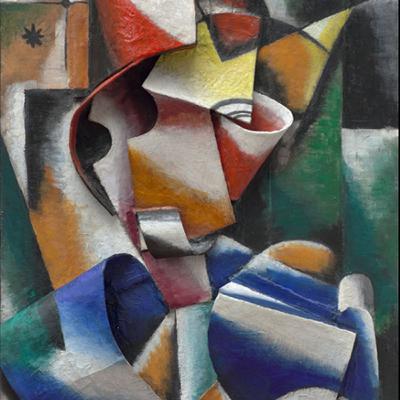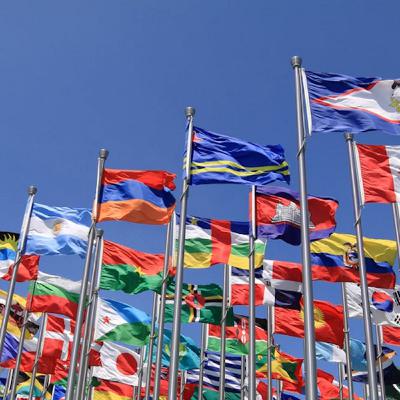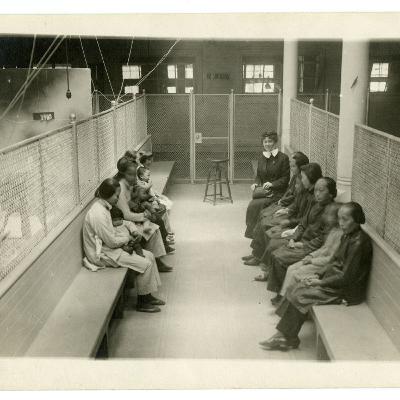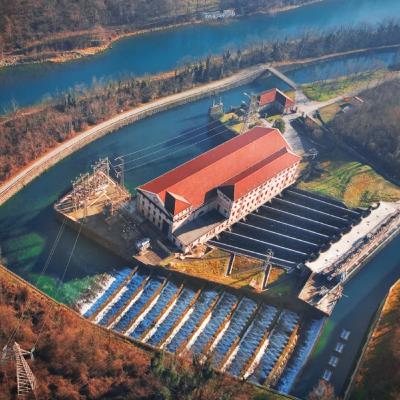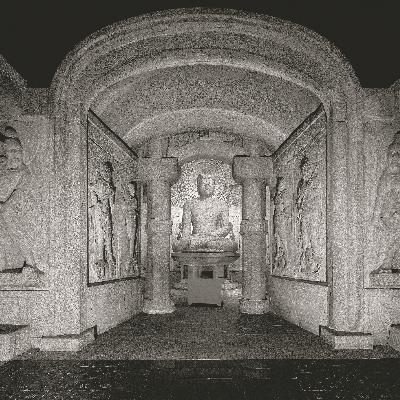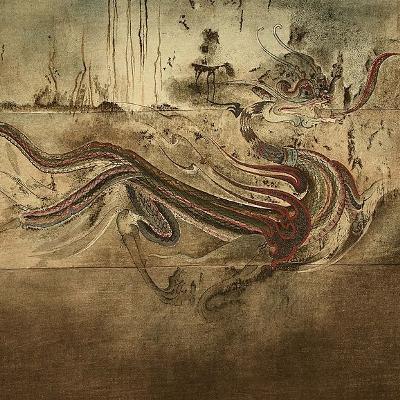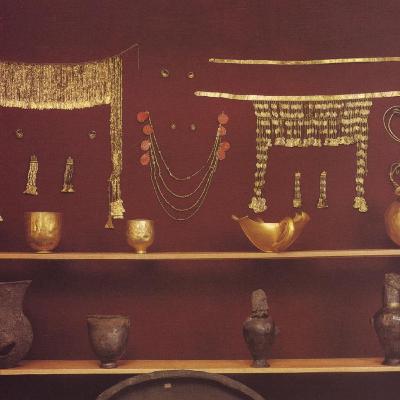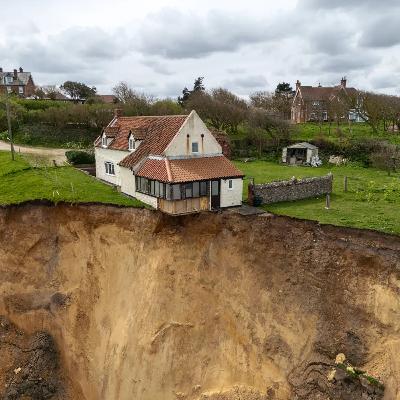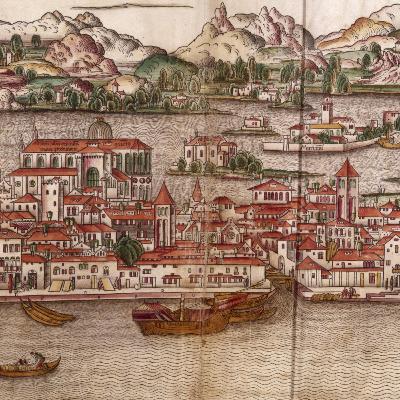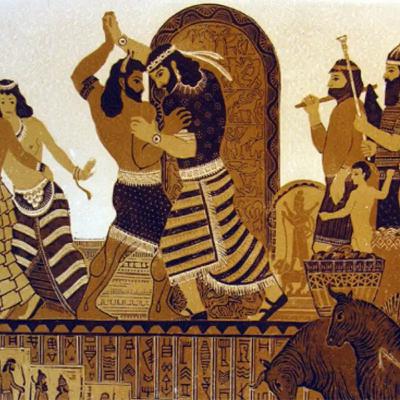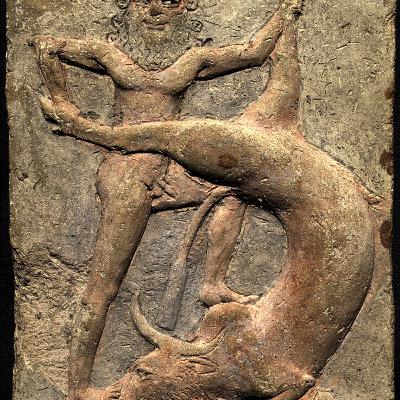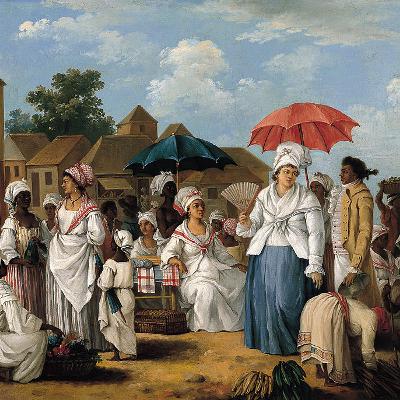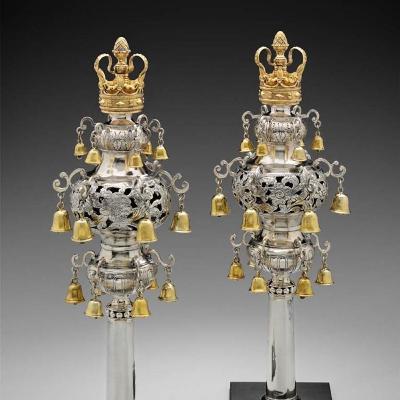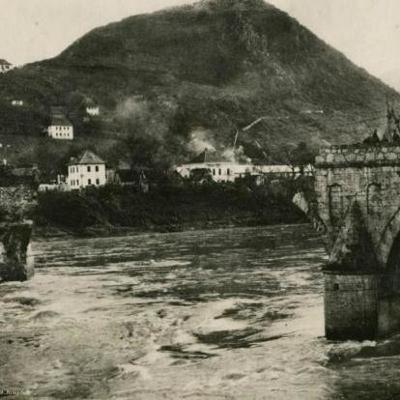The Impossible City: The History of Venice -- pt. 2: Seasons of Power & Pleasure
Description
We trace Venice's remarkable flowering between the 1300s and 1500s, in which it astonished Europe as a center of commercial and imperial power, learning, and art, as well as its repeated struggles -- with the bubonic plague, the Ottoman Turks, the rival Italian states, and the Catholic Church -- that forced Venice to give up its empire, and to transform into a pleasure-ground of music, theater, sex, and revelry -- arguably becoming the world's first tourist attraction -- before finally losing its long-treasured independence and becoming a pawn of modern powers.
Image: Painting by Canaletto, 1730s, showing the Sensa festival fleet and the Bucintoro returning to San Marco after the marriage to the sea ceremony.
Suggested further reading: Ferrarro, "Venice: History of the Floating City"; Madden, "Venice: A New History"; Morris, "The Venetian Empire: A Sea Voyage"
Thank you to Sarai Cole for permitting use of an exceprt of her rendition of Vivaldi's "Filiae Maestae Jerusalem" / "Sileant Zephyri" -- https://soundcloud.com/sarai-cole-freericks/sileant-zephyri-from-filiae-maestae-jerusalem-vivaldi

